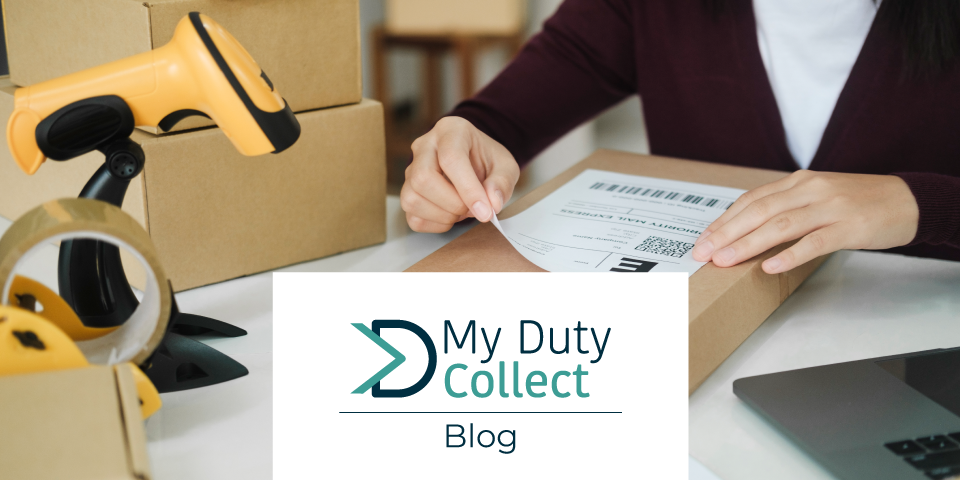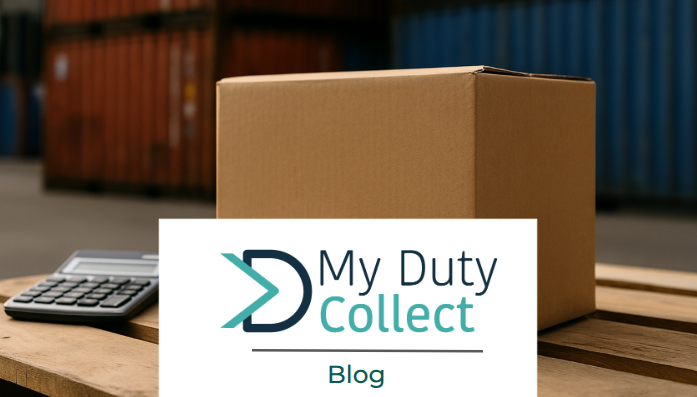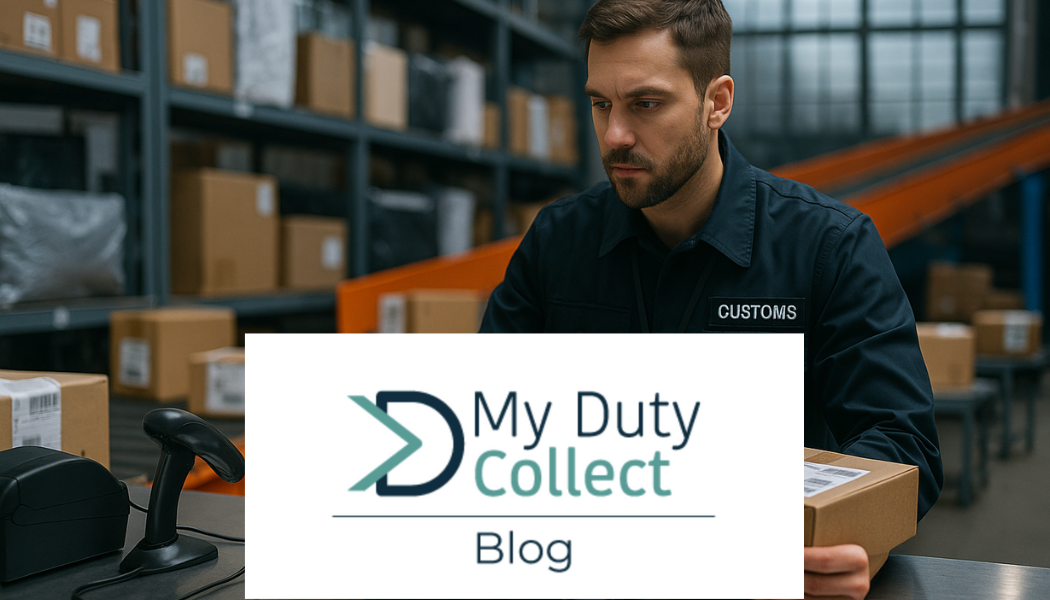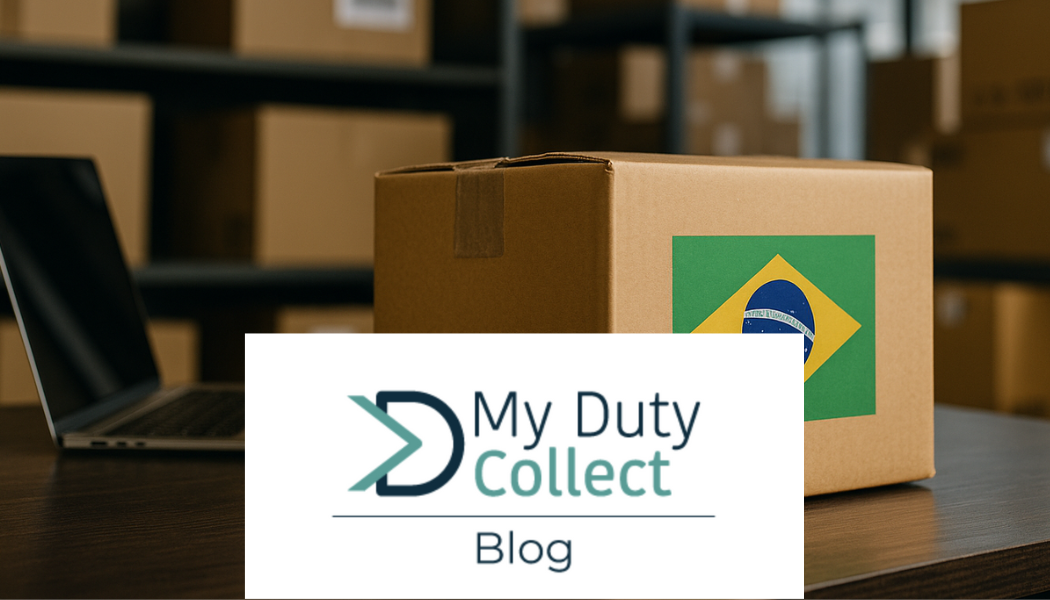In today’s digital age, cross-border eCommerce has become a booming industry, allowing businesses to expand their reach globally. The European Union (EU) is an important market for many online retailers, attracting a large customer base. However, to successfully navigate this market, businesses must be aware of the product labelling and packaging requirements imposed by the EU. This blog post will explore the essential guidelines for labelling and packaging cross-border eCommerce shipments to the EU, ensuring compliance and customer satisfaction.
–
READ MORE: How to Manage VAT and IOSS When Selling on Multiple Marketplaces
–
1- Understanding EU Labeling Regulations
Before delving into the specifics, it is crucial to grasp the general framework of EU labelling regulations. The EU has established clear guidelines to protect consumers and promote fair competition. The main objectives of these regulations are to provide accurate information to consumers, ensure product safety, and prevent misleading practices.
2- Mandatory Labeling Elements
When exporting products to the EU, certain labelling elements must be included on the packaging. These include product name, ingredients, net quantity, country of origin, warnings and precautions, and contact details of the manufacturer or importer. Adhering to these requirements is essential to guarantee transparency and safety for EU consumers.
3- Language and Localization
The EU consists of member countries with diverse languages. Therefore, it is crucial to consider language requirements when labelling products. While English is widely understood, specific EU member states may require translations or localized information on labels. Adapting to these language requirements can enhance customer trust and facilitate smoother market penetration.
4- Packaging Materials and Sustainability
In recent years, sustainability has gained significant importance in packaging practices. The EU places emphasis on reducing waste, promoting recyclability, and minimizing environmental impact. Businesses should consider using eco-friendly materials, implementing efficient packaging designs, and incorporating recycling symbols. By aligning with EU sustainability goals, companies can meet consumer expectations and contribute to a greener future.
5- Specialized Product Categories
Certain products, such as cosmetics, food, and electronic devices, have additional labelling requirements due to their specific nature. These regulations may involve providing batch or lot numbers, expiration dates, allergen information, or electrical safety symbols. It is essential for businesses to thoroughly research and comply with these specialized labelling requirements to avoid complications during customs clearance.
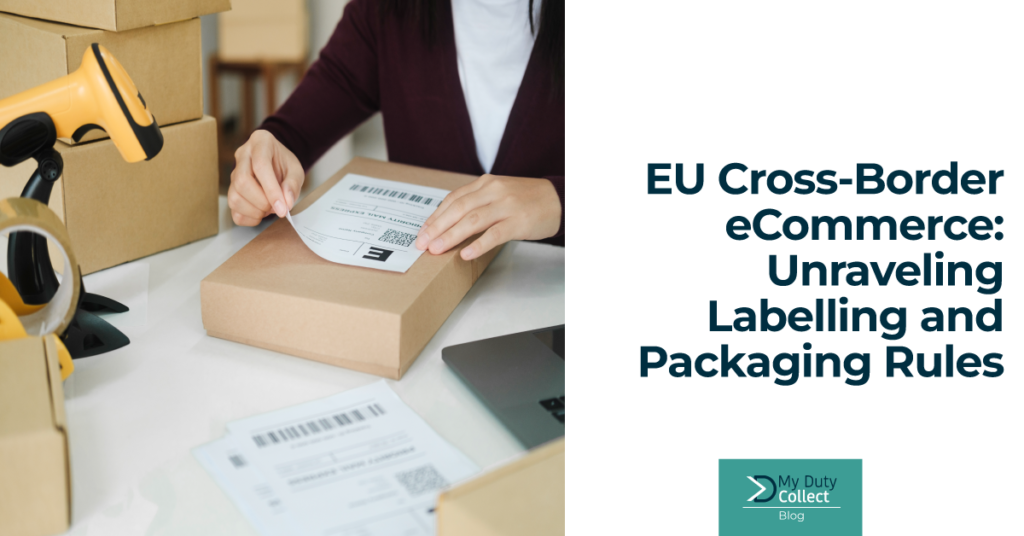
When venturing into the EU cross-border eCommerce market, understanding and adhering to the labelling and packaging requirements is crucial for success. By familiarizing themselves with EU regulations, businesses can ensure compliance, gain consumer trust, and streamline the import process. Remember, accurate and transparent product labelling not only protects consumers but also enhances the reputation and credibility of your brand. So, equip yourself with the necessary knowledge and embark on a successful journey in the EU market.
Subscribe to our blog and visit our website and LinkedIn page for more updates. You can also reach out to us by sending a message to info@mydutycollect.com. We will be delighted to hear from you.
